Hope you are popping in for the second time. If not, welcome! It's never too late to join in.
This is a great chapter, guys! No...it was GREAT!!! Creating the tone for your classroom for math (and all, really) is foundation for learning in the classroom. It doesn't matter what curriculum you are issued, no manual will tell you how to create an environment of numeracy.
While reading Laney's book, I was pleased to see that I really am doing a lot of the right things in my classroom. I bet you are, too!
- "Active Engagement" is one of the "buzz" phrases going around right now, huh? A numeracy rich environment certain promotes this. In my classroom, this looks like elbow partners problem solving together. Kids have their white boards out trying to solve----drawing pictures, calculating, talking, creating their own understanding of a problem.
- Risk-free environment is established. I think so much falls under this category, but the teacher is active in creating this trust. When the teacher allows multiple paths to get to the same answer, kids are more likely to think outside the box and take chances. I really entice them to really show their thinking when I take pictures of their whiteboards and share in Activboard! Sharing 1:1 with a peer builds the confidence to share before being able to share with the group. If you are only having communication in a whole group setting, your kids are missing opportunities to try on their own. I have a silly example I use with my kids. Where my students live, there are two major ways to exit their neck of town. They can drive up near the hospital or go over the Mtn towards Target. You can take either road to get to the mall--as long as we all get to the mall, does it matter which road took you there? NO! Whatever works best for you!
- Mistakes are opportunities to learn! Face it, you are actively engaged, kids are working, BUT not every child gets it the first time around. In my classroom, I'm always asking-who had something different? Not everyone is so brave to share their goofs, but by seeing how we approach those goofs as learning opportunities, I have more and more kids over time raising their hands to share. Kids will want to know where they went wrong and others can say something like, "I got 342 but I can see now that I forgot to....." or "I added instead of subtracting". How amazing that kids learn to become responsible for their own learning! I love mistakes! I will even take pictures of mistakes and share them. Let the class know that I see this mistake every year when we are first learning this--what was right about this plan? Where did the plan go off track? I always think my kids for sharing. I call them "Brave Souls". Do I have any Brave Souls who will share a mistake? The hands fly! We catch our mistakes NOW so that we fix it and move on!
- Taking responsibility for your own learning. There are a lot of ways you might see this in your classroom. I have a 4-3-2-1 chart in my room that I got from Tara at 4th Grade Frolics Fan Freebie section on Facebook. I often ask how they are feeling about a concept. By a show of fingers using the visual guide, I get a sense of where we are very quickly. This works if your kids feel safe in being a 1 or a 2. Building the trust is essential here.
Laney talks a lot about how some ways to embed this environment. She discusses classroom arrangement, desk grouping, manipulatives, Word Walls, Journals, and class charts. I'll elaborate about two areas that I really like.
Journals
To me, journals mean Interactive Notebooks. How I love them! This is a chance to take responsibility for their own learning by constructing models, using academic vocabulary, and have a reference. I use a mix of my own and those from sellers on TpT. One of my favorites I'd recommend is Blair Turner. Her INB sets are by Common Core Standard. Check out her huge bundle HERE.
Problem of the Day/Week
I really love this option. I like using a "Number of the Day" activity in my room. It's a great activity to use as morning work on white boards or to put in a journal. There is a great idea on Pinterest where you cut composition notebooks in half and use them for shorter activities. Look how cute these turned out at Living, Laughing, and Loving.
Recording is perfect on this smaller and durable space for Problems of the Day or Week. Look easily you can store them once the session is over, too!
Here is a quick photo I made last summer when I created this for myself. I taped this to my white board and simply wrote a 3-digit number each time we began this activity. I also made it with open numbers so that I could have only 2-4 displayed if we were not going to have a lot of time to spend. That way, I can just write in the number that I need.
After I created this for myself, I created a variety of different headers so that you could try it, too.
I think based on Laney's book, I will cut back my display earlier and write some story problems to solve on some days, too. This will bring in the real-life perspective that they really need.
If you think using a "Number of the Day" activity will work for you, check out my set on TpT. Click HERE to see it.
Here's another great giveaway this week!
Be sure to check out all of my Blogger Buddies before you scoot away for today!
Have a great week y'all!
Debbi






.jpg)





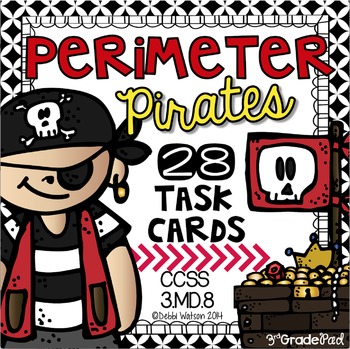
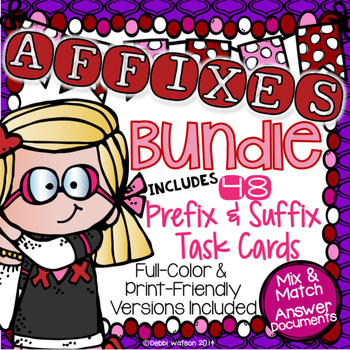
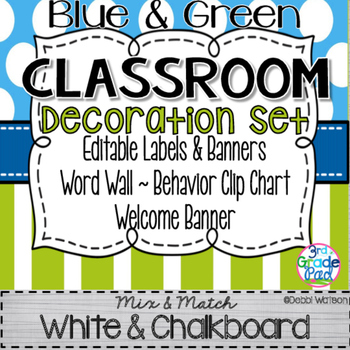
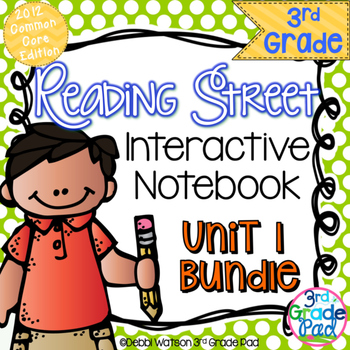
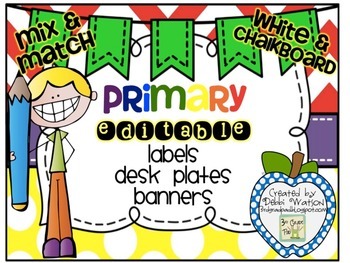
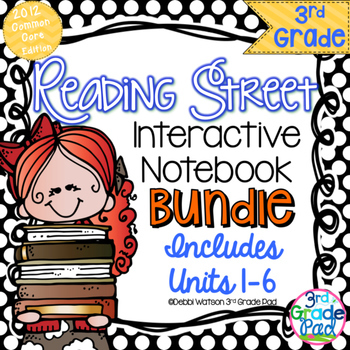
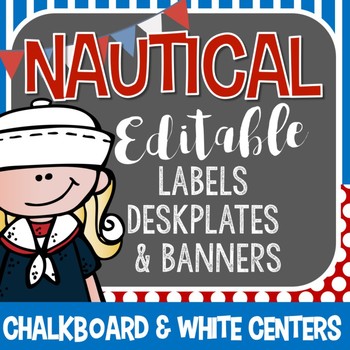
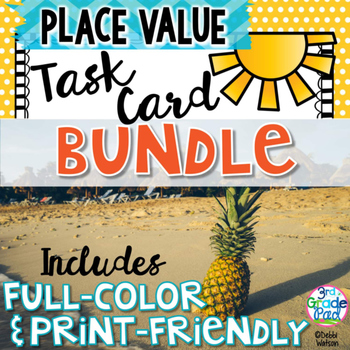
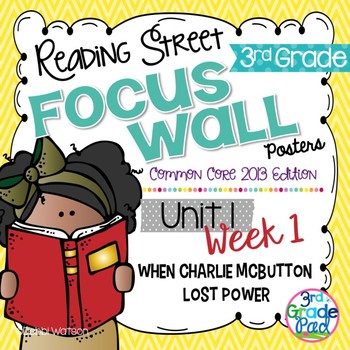
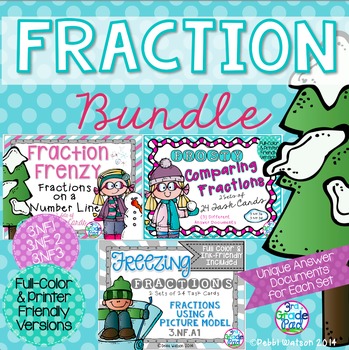




Thanks for this great post. I really like all the links and ideas that you have shared...so many ideas bouncing through my head!
ReplyDeleteBeth
Thinking of Teaching